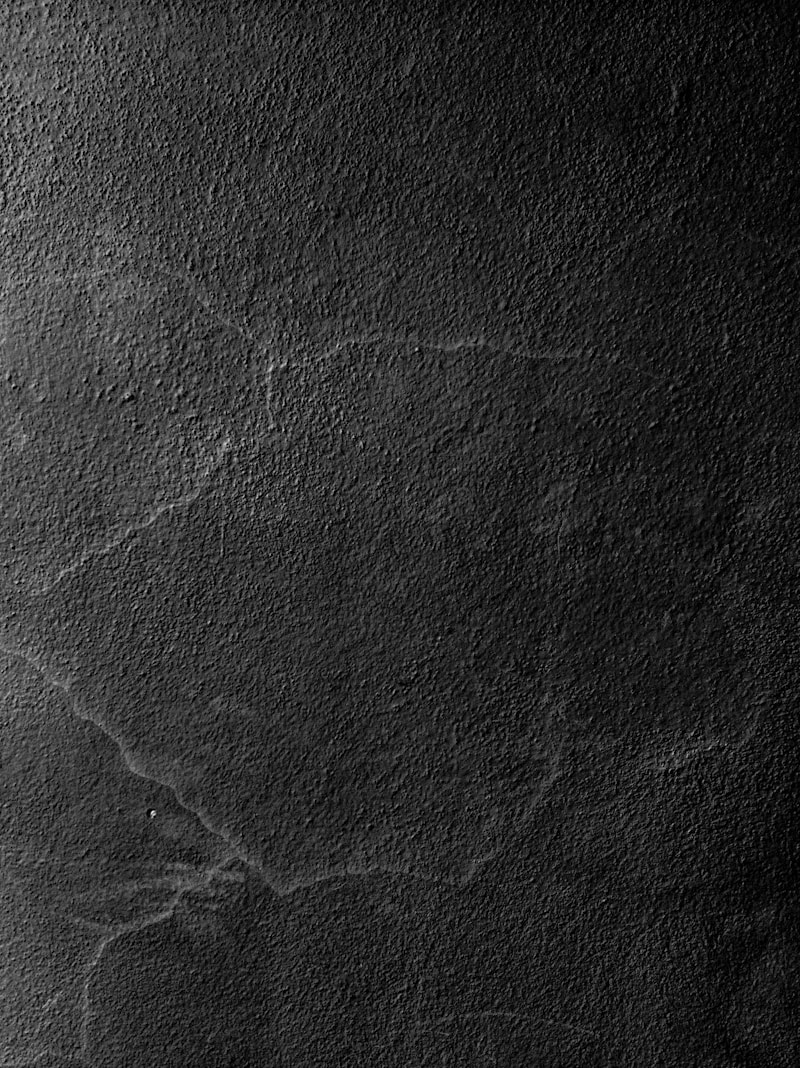Unlocking the Secrets of Fabric Texture Exploration: A Comprehensive Guide
Understanding Fabric Texture Exploration
Fabric texture exploration refers to the in-depth study of the various textures and patterns present in different textiles. This journey through the tactile and visual aspects of fabrics can greatly influence the fields of fashion design, interior decor, and art. In this article, we will explore the fascinating world of fabric textures, the techniques used for their exploration, and the impact they have on our everyday lives.
The Importance of Fabric Texture
Texture in fabrics is not merely a stylistic choice; it plays a pivotal role in the feel, appearance, and functionality of textiles. Various textures can evoke certain emotions, create unique looks, and enhance or detract from the overall aesthetic of a piece. For designers and consumers alike, understanding fabric textures is essential in making informed decisions.
Types of Fabric Textures
There are numerous types of fabric textures, each coming with its own distinct characteristics. Below, we outline some common fabric textures:
| Fabric Type | Description |
| Silk | A luxurious, smooth texture that drapes beautifully. |
| Canvas | Durable and coarse, commonly used for bags and upholstery. |
| Velvet | Soft and plush, often used in evening wear and home decor. |
| Linen | Rougher texture; breathable and perfect for summer clothing. |
| Denim | A sturdy and often thick fabric, typically used for jeans. |
How to Explore Fabric Textures
Exploring fabric textures can involve multiple approaches, from tactile assessments to visual comparisons. Below are several methods that designers and textile enthusiasts can utilize:
1. Hands-on Sampling
One of the best ways to explore fabric textures is through tactile sampling. By touching and feeling various fabrics, one can discern subtle differences in texture and drape. This sampling can be done by visiting fabric stores or textile exhibitions.
2. Visual Analysis
Another effective method is visual analysis. This involves studying fabric textures through photographs, fabric swatches, or even in fashion magazines. This method can help in understanding the interplay of light and shadow on different textures.
3. Digital Tools
With advancements in technology, virtual tools and applications are now available to help explore fabric textures. Software programs can simulate how light interacts with different surface patterns and weaves, allowing for a comprehensive digital exploration of textures.
4. Participating in Workshops
Participating in workshops focused on textile exploration can provide invaluable hands-on experience. Here, you can learn from experts, interact with diverse fabrics, and develop your own understanding of texture in a collaborative environment.

Impact on Fashion and Interiors
Fabric texture exploration has a significant impact on both the fashion and interior design industries. Here’s how:
Fashion: In fashion, textural nuances are explored to create innovative designs that can either complement or challenge the silhouette of a garment. Textures like lace can impart a soft and romantic feel, while leather can exude a sense of boldness and edge.
Interiors: In interior design, the selection of fabrics greatly influences the ambiance of a space. For example, combining soft velvet with rough wood can create a balanced aesthetic that feels cozy yet sophisticated. Understanding and exploring various textures allows designers to curate inviting environments.
Challenges in Fabric Texture Exploration
While the exploration of fabric textures can be rewarding, it also presents challenges. Among them are:
1. Accessibility
Not everyone has immediate access to a wide range of fabrics for tactile exploration. This can limit those who want to dive deeper into the world of textiles.
2. Understanding Weaves and Patterns
Different weaves and patterns can mask the underlying texture; thus, understanding the intricacies of textile manufacturing is important for accurate exploration.
3. Trends vs. Timelessness
In fashion, what is popular today might not be relevant tomorrow. Balancing current trends with timeless textures requires a keen sense of observation and adaptability.
Fabric Texture Exploration in Culture
Across cultures, fabric textures take on unique meanings and significance. For instance, cultural textiles such as ikat, batik, or paisley come with rich historical narratives entwined with their textures. Exploring these cultural dimensions can deepen one’s appreciation for fabric and its role in society.
Educational Resources
For those looking to delve deeper into fabric texture exploration, numerous educational resources are available:
- Books on textile design
- Online courses focusing on fashion and textile studies
- Documentaries showcasing textile craftsmanship
- Visiting museums with extensive textile exhibits
Conclusion
In conclusion, fabric texture exploration is an enriching endeavor that opens up creative possibilities within the realms of fashion and interior design. As we navigate through the diverse types of textures, hands-on experiences, and cultural implications, it becomes evident how fabric can shape our aesthetic experiences. Whether you're a designer, a consumer, or simply a fabric enthusiast, immersing yourself in the world of textures can lead to a greater understanding of what surrounds us. Remember to keep an open mind and approach each fabric with curiosity—who knows what secrets its texture may hold? Continue to learn and explore, and let fabric texture influence your creative journey!